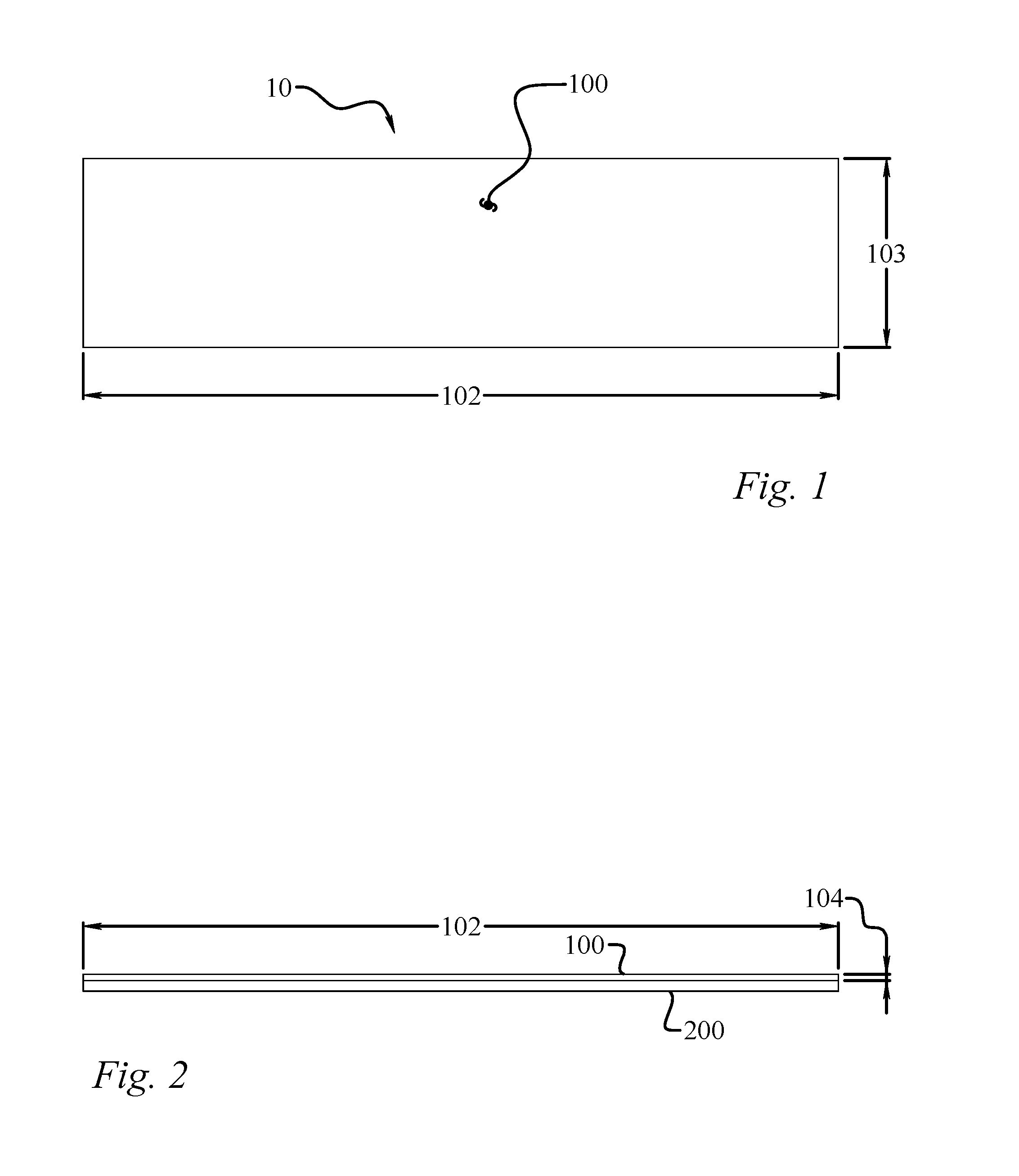Oral occlusion device for the treatment of disordered breathing and method of using same
a technology of oral occlusion and disordered breathing, which is applied in the direction of other nursing devices, snoring prevention, etc., can solve the problems of increasing respiratory effort, affecting the ability of people to function, and reducing the quality of life, and achieve the effect of peeling the devi
- Summary
- Abstract
- Description
- Claims
- Application Information
AI Technical Summary
Benefits of technology
Problems solved by technology
Method used
Image
Examples
example 1
[0096]Seven current Temporomandibular Disorder (TMD) patients, in a prosthodontic dentistry practice, with signs and symptoms of mouth breathing, dry mouth, low tongue posture, lip incompetence and ability to nose breathe were treated as above. All testing was done between Jun. 1, 2013 and Jan. 26, 2016. All the patients had demonstrated the ability to breathe without restriction through the nose before treatment.
TABLE 17 Patient Respiratory Disturbance Index (RDI), comparing Mouth vs. Nose BreathingTreatmentPre-Treatment (RDI)DurationPost-Treatment (RDI)No TapeTapeMonthsNo TapeTapeImprovement (%)#1 50 year-old female126168375%#2 50 year-old female951520100% #3 71 year-old female26101811485%#4 67 year-old female132257377%#5 21 year-old male1881750100% #6 28 year-old male95126367%#7 60 year-old male48*351114*19.7 months82.1%averageImprovement(* = Not measured)
[0097]Patients were an average age of 49.6 years old and all wore the oral occlusion device at night, for an average of 19.7 m...
PUM
 Login to View More
Login to View More Abstract
Description
Claims
Application Information
 Login to View More
Login to View More - R&D
- Intellectual Property
- Life Sciences
- Materials
- Tech Scout
- Unparalleled Data Quality
- Higher Quality Content
- 60% Fewer Hallucinations
Browse by: Latest US Patents, China's latest patents, Technical Efficacy Thesaurus, Application Domain, Technology Topic, Popular Technical Reports.
© 2025 PatSnap. All rights reserved.Legal|Privacy policy|Modern Slavery Act Transparency Statement|Sitemap|About US| Contact US: help@patsnap.com



